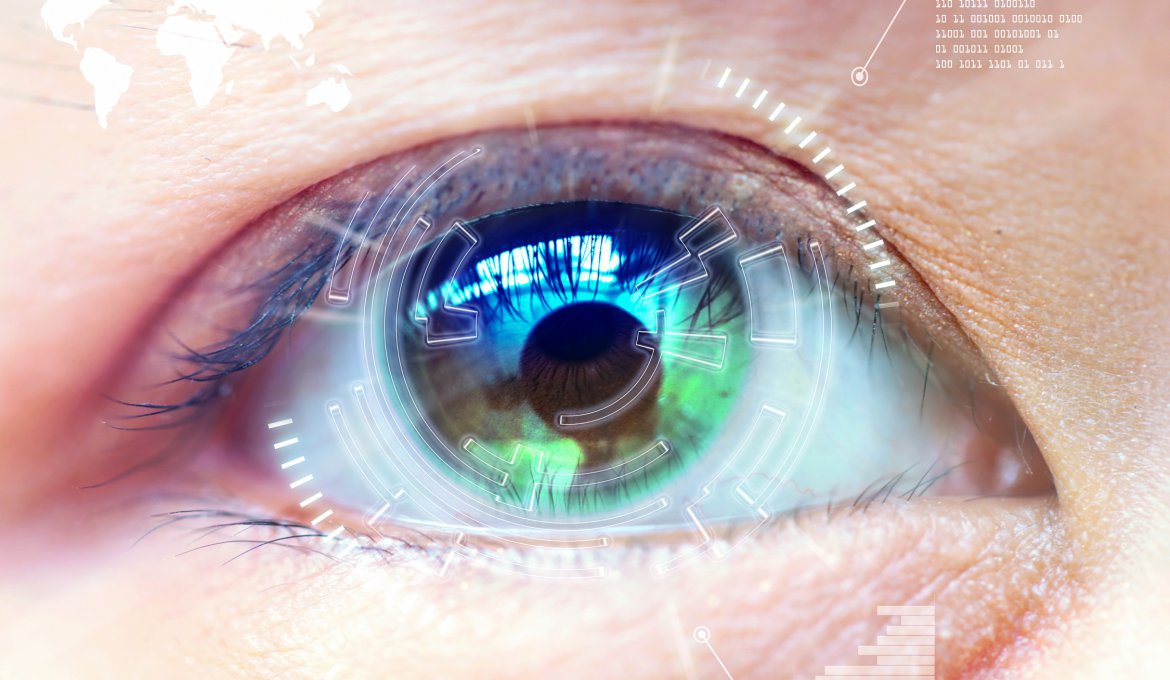 Medicine & Health
Medicine & Health
Advantages and disadvantages of the most popular modern methods of vision improvement
If you are considering the advantages of laser vision correction, you will certainly have to agree with the fact that there are not very few of them. Of course, the possibility of eliminating the uncomfortable correction with glasses and lenses comes to the fore, but it is also important that the treatment is fast and painless.
People who decide to use the laser can also count on a relatively short period of convalescence and a relatively low risk of complications and other side effects. This means a very quick return to active life, which is also possible because the treatment does not require hospitalization. Of course, laser vision correction is not a defect-free solution at all. It is worth mentioning here, for example, the age limit of the procedure and its price, because we must remember that it is not a method of treatment reimbursed by the National Health Fund.
 A restriction is also a ban on convalescents staying in the full sun and bathing in the pool, which is still in force one month after the treatment, as well as hypersensitivity to light for some time, which is known about itself in the form of periodic cleavage of light bands. It is also worth remembering that after the treatment you cannot do without eye moisturizers. During the weeks preceding the procedure, even people who usually wear lenses have to wear glasses, and it is not possible to perform the procedure if a visual impairment coexists with illnesses, such as diabetes. Another solution that can be an alternative to the laser is an intraocular implant also known as a fake lens.
A restriction is also a ban on convalescents staying in the full sun and bathing in the pool, which is still in force one month after the treatment, as well as hypersensitivity to light for some time, which is known about itself in the form of periodic cleavage of light bands. It is also worth remembering that after the treatment you cannot do without eye moisturizers. During the weeks preceding the procedure, even people who usually wear lenses have to wear glasses, and it is not possible to perform the procedure if a visual impairment coexists with illnesses, such as diabetes. Another solution that can be an alternative to the laser is an intraocular implant also known as a fake lens.
This is an original solution, which creates a chance to correct even very high vision defects, including short-sightedness reaching minus sixteen dioptres. The implanted lens cooperates with the one that is naturally present in our eyes. It is usually implanted into the anterior chamber of the eye, so you don't have to be afraid that it will pose a threat either to the cornea or to the patient's own lens. The implants are performed outpatient under local anesthesia, and the procedure itself is not only painless, but also short, as it does not last longer than several minutes. Already in the first day, the patient can also enjoy a full improvement in visual acuity.






